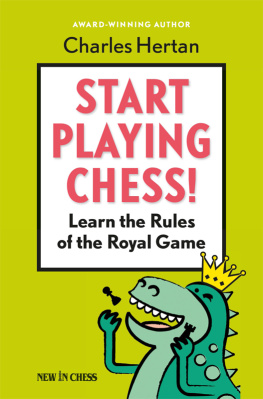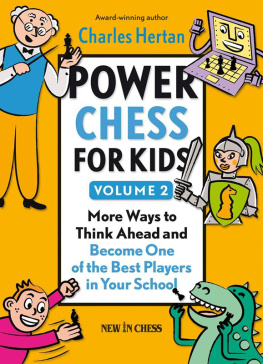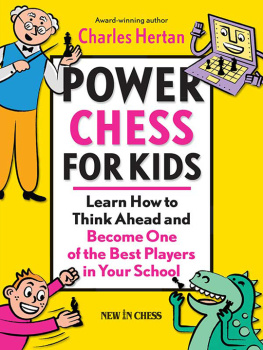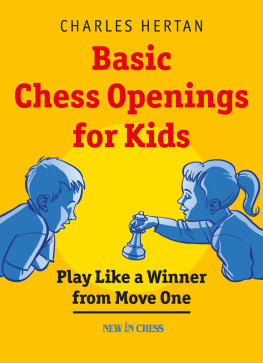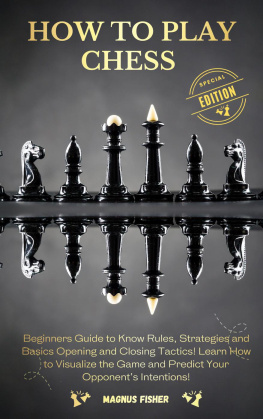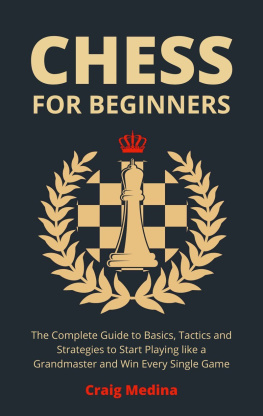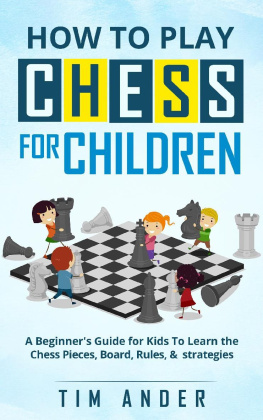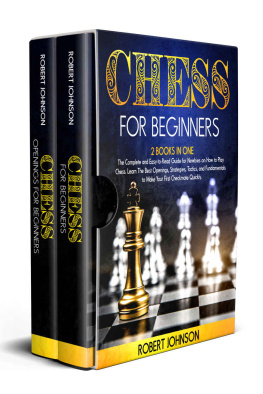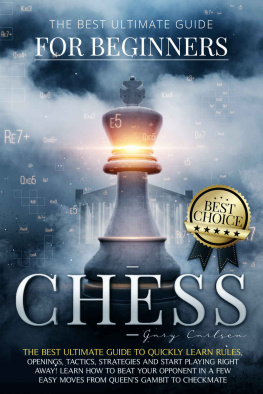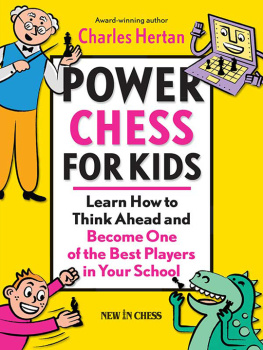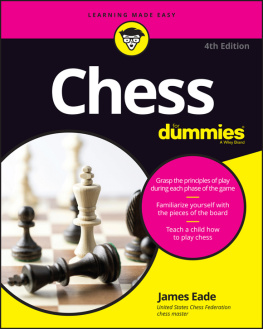Start Playing Chess
Charles Hertan
Start Playing Chess
Learn the Rules of the Royal Game
New In Chess 2016
Dedicated to my daughter Emma
2016 New In Chess
Published by New In Chess, Alkmaar, The Netherlands
www.newinchess.com
All rights reserved. No part of this book may be reproduced, stored in a retrieval system or transmitted in any form or by any means, electronic, mechanical, photocopying, recording or otherwise, without the prior written permission from the publisher.
Cover design: Volken Beck
Supervisor: Peter Boel
Proofreading: Frank Erwich
Production: Anton Schermer
Have you found any errors in this book?
Please send your remarks to and implement them in a possible next edition.
ISBN: 978-90-5691-686-2
Meet the Characters
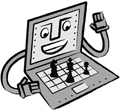
Zort from Zugzwang
A teenaged computer from planet Zugzwang, his favorite hobbies are chess, facebook and googling. The star of Power Chess for Kids, Zort uses his amazing chess-board vision to teach you how to win!

The chess professor answers kids questions with wit and wisdom, giving you important winning tips!
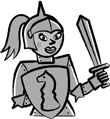
Knelly the Knight teaches the special powers of each chess piece. She first appeared in Power Chess for Kids, Volume 2.

Power Chess Kids
Chess kids of the world ask typical kids questions about tricky chess rules and strategy.
Introduction

To:
From:
Dear Zort: We loved your books Power Chess for Kids, Volume 1 and 2. You must be the most famous chess-teaching computer on earth! But we need your help. You see, most of our friends arent quite ready for the winning master tactics in Power Chess. Lots of kids have played a few games and know only the basic rules; many others have never played before; and still others know most of the rules, but get tripped up by trickier moves like castling, pawn promotion and en passant.
Could you please write a power chess book to teach any kid all the rules, and add a few extra tips to get them started?
Your Friends,

To:
From:
Dear Chess Kids: Thanks for a great idea! Kids from around the earth send lots of fan mail, but I also hear from kids and parents who want to master all the rules in the fun and cool way we characters can teach. Good news my friends the Chess Professor and Knelly the Knight have agreed to pitch in, to write the best chess book ever, for kids who want to master all the rules and play for fun, impress their friends, or improve enough to be ready for Power Chess Vols. 1 and 2!
Keep practicing! Your friend,
Zort from Zugzwang
Chapter 1: Meet the Pieces
(Plus, the Chess Board and Chess Notation)
The Chess Board
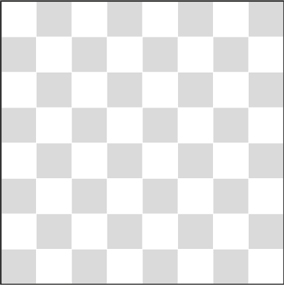
The chess board has 64 squares. Half are called white or light squares, the others, black or dark squares. Though some boards use colors like green or brown for the dark squares, chess players still call them black squares. Many kids neglect one important rule about the chess board: it must be positioned with a white square in the lower right corner, as in the diagram above.
The Starting Position
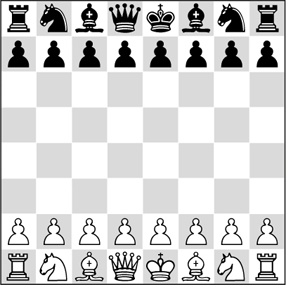
Heres the starting position of a chess game. Take a good look pretty cool, isnt it!
Notice these important points:
The bottom of the board is always Whites side in chess diagrams. Thats because White always moves first in a chess game.
Each side has two bishops, knights and rooks (well meet them next), one king, one queen, and eight pawns! Half of your chessmen are pawns at the start.
The king is the one with the little cross on top; the queen has a 5-pointed crown.
Look at Whites and Blacks queens. The white queen is on a white square, while Blacks is on a black square. Chess players use this saying to remember how to set up the king and queen Queen on her color! Whites on white, Blacks on black.
Chess Notation
Now turn your attention to another feature of the diagram:
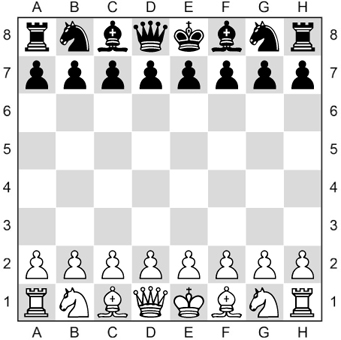
See the little letters a through h at the top and the bottom, and the numbers 1 through 8 along both sides of the board? These arent part of the actual play of the game, but theyre very important for helping you learn chess, and become a good player! Using these numbers and letters, you can easily learn how to read any chess book!

Do I have to? My friend said notation is too hard to learn.

Yes you really should! But dont worry: its easy as pie:

For instance, in this position the move c5 means your knight moves to the c5-square. To find c5, first find the c-file, then the 5th rank, by following the letters and numbers on the edge of the board. Where these lines meet is the c5-square.
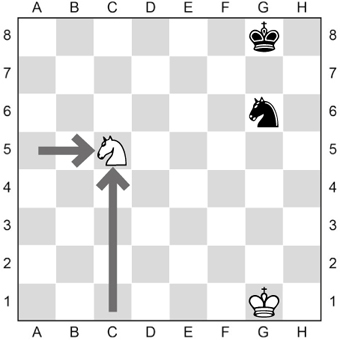
The knight just moved to c5

Thats it?

Basically, yes! Only one more trick and youre ready to begin if no piece name is mentioned, only a square, that means a pawn moved to that square. So in the starting position, if you see the move 1.e4,
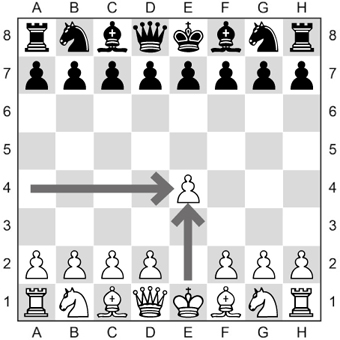
that means on move one, White moved his pawn to the e4-square.
Next page
